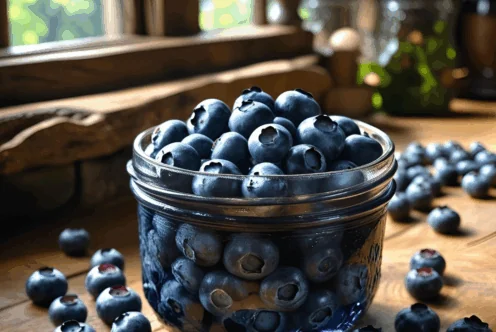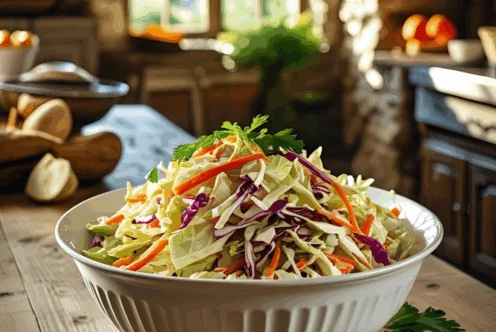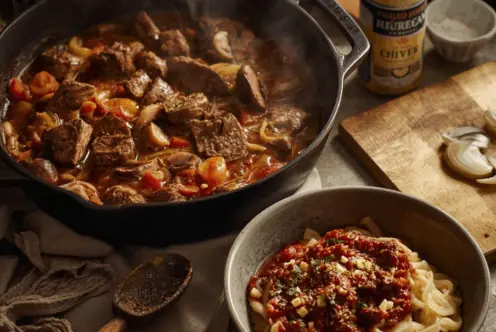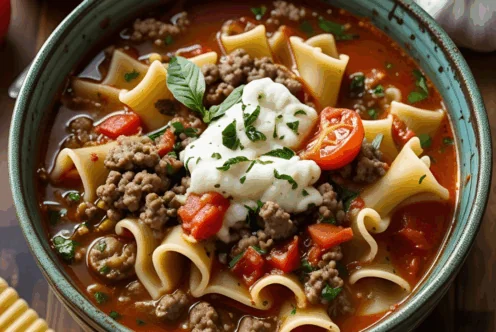Blog
Why You Should Be Eating The Colors of the Rainbow
By Vanessa Evans, a recent ASU Nutrition Student
The agricultural scene is thriving in Arizona, and we have access to some of the freshest produce year round. Don’t be afraid to branch out and try new things! I’m sure you’ve all heard the old adage about making sure you eat all the colors of the rainbow but do you know why, and how? Each color of fruit and vegetables has it’s own genetic makeup that gives it’s color. They each contain vitamins and anti-oxidants that help your body in different ways.
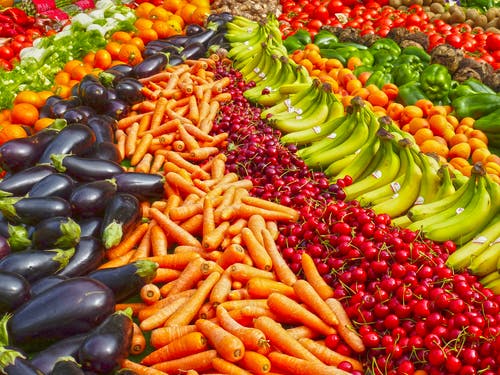
Red: Red fruits and veggies contain carotenoids, flavonoids, and lycopene. Carotenoids and flavonoids are both versions of antioxidants, which means that they help your body rid itself of the environmental hazards that have been linked to cancers and they can also help to repair your blood vessels from damage from free radicals. Lycopene is phytochemical under the umbrella of a carotenoid and it has been linked to a reduced risk of both prostate and breast cancers.
Red foods include tomatoes, watermelon, red bell peppers, and strawberries.
Red foods to try: Guava, beets, rhubarb, and pomegranates.
Orange: Orange fruits and vegetables get their color from the relatively well-known alpha and beta-carotene. Beta-Carotene is an antioxidant, but in addition to its anti-oxidative properties, orange foods also contain Vitamins A and C. Vitamins A and C are essential for the health of your eyes, and bones as well as your immune system.
Orange foods include carrots, mangos, sweet potatoes, pumpkin, orange bell peppers and oranges.
Orange foods to try: Papaya, persimmons, and gooseberries.
Yellow: Yellow fruits and vegetables get their color from zeaxanthin, which is another carotenoid. It is an antioxidant that your body can convert to vitamin A if necessary but is primarily known for its health benefits for the eyes.
Yellow foods include Yellow bell peppers, lemons, summer squash, and yellow apples.
Yellow foods to try: Yellow beets, yellow tomatoes, and butternut squash.
Green: Green fruits and vegetables get their color from lutein, flavonoids, and other phytonutrients. Flavonoids have been linked to healthy hearts and brains. Lutein, on the other hand, is potentially beneficial for eye health as well as certain cancers, heart disease, and type-2 diabetes.
Green foods include Avocados, peas, cucumbers, green beans, and leafy greens.
Green foods to try include Okra, Brussels sprouts, and watercress.
Blue and Purple: Blue and purple fruits and vegetables get their color from anthocyanins and proanthocyanins. These antioxidants have been linked to healthy aging, as well as heart and brain health.
Blue and Purple foods include Blueberries, black olives, grapes, plums, and red cabbage.
Blue/Purple foods to try include Purple carrots, purple peppers, and purple cauliflower.
*Side note: The orange carrot we primarily know today was not always the dominant carrot color. Carrots were purple and white in the 10th century and weren’t orange until after a genetic mutation. Purple carrots have the same health benefits of orange carrots but with the added bonus of antioxidants.
White: White fruits and vegetables though lacking the bright colors of their cousins, still contain important phytonutrients. White foods contain sulforaphane as well as quercetin and allicin, all of which have been linked to preventing cancers.
White foods include Cauliflower, onions, garlic, and potatoes.
White foods to try include: Jicama, turnips, and daikon radish
Not all foods of the same color are created equal as they all have their own genetic makeup and contain different nutrients so it is still important to have a variety of each color everyday.
Eating the rainbow is not only good for your health but it makes your foods a little more enjoyable and visually stimulating!
References:
Are Purple Carrots Healthier? Nutrition, Benefits, and Uses. (n.d.). Retrieved from https://www.healthline.com/nutrition/purple-carrots#history-and-nutrition
Downie, K. K. (2017, January 02).
How to Eat the Rainbow. Retrieved from https://www.wholefoodsmarket.com/blog/how-eat-rainbowValente, L., & R.d. (2018, September 10).
Why You Should Eat the Rainbow When It Comes to Fruits and Vegetables. Retrieved from http://www.eatingwell.com/article/275617/why-you-should-eat-the-rainbow-when-it-comes-to-fruits-and-vegetables/
Looking for some recipes to make to impress the whole family check out the recipe section. Check out our in season produce section, this helps keep food prices economical.













